Have
you heard of hyperautomation? Gartner just named hyperautomation as its #1
strategic technology trend for 2020. Hyperautomation was the foremost discussed
topic at Gartner Symposium events over the past 60 days in Orlando, Barcelona,
and Goa. Hyperautomation builds on the momentum behind RPA, led by the
democratization of automation and IT and accelerated by the liberation of
mundane and repetitive tasks for workers across every industry. In many ways,
hyperautomation is redefining work.

Leap
Motion, which made hand-tracking systems for virtual and augmented reality
headsets, is reportedly being acquired by haptics company UltraHaptics. The
Wall Street Journal reported the news earlier today, saying that the San
Francisco based Leap Motion had agreed to sell for around $30 million. Leap
Motion started by building a much-anticipated consumer gesture controller.
UltraHaptics isn’t an enormous name like Apple, but it’s a reasonably obvious
fit Leap Motion. The company uses ultrasounds to create the illusion of touch
in midair, and Leap Motion’s hand controls can complement that to create a
controller-free interface with tactile feedback. UltraHaptics already uses Leap
Motion technology.

The
problem of computer vision appears simple because it's trivially solved by
people, even very young children. Never the less, it largely remains an
unsolved problem based both on the limited understanding of biological vision
and because of the complexity of vision perception in a dynamic and nearly
infinitely varying physical world. Computer vision is a field of study focused
on the problem of helping computers to see.The goal of computer vision is to
understand the content of digital images. Typically, this involves developing
methods that attempt to reproduce the capability of human vision.Understanding
the content of digital images may involve extracting a description from the
image, which may be an object, a text description, a three-dimensional model,
and so on.
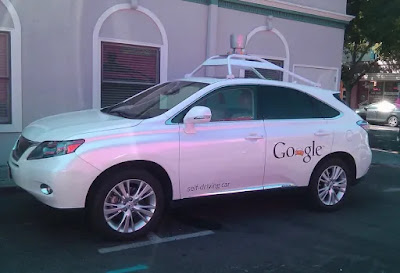
Imagine
getting into your car, typing or speaking a location into your vehicles
interface, then letting it drive you to your destination while you read a book,
or nap. Self-driving vehicles the stuff of science fiction since the first
roads were paved are coming, and they are going to radically change what it is
like to get from point A to point B. Google’s goal is to extend car utilization
from 5-10% to 75% or more by facilitating sharing. That means fewer cars on the
road. In 2030, self-driving cars are expected to create $87 billion worth of
opportunities for automakers and technology developers, said a report by
Boston-based Lux Research. Software developers stand to win big.
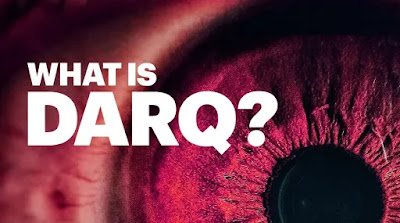
Distributed
ledger technology, (for example, blockchain), Artificial intelligence (AI),
Extended reality (counting virtual and augmented reality), and Quantum
computing, shortened to DARQ form one such future technology pattern of 2020
that business must onboard on need. In this way, when you approach procuring,
training, and employee retention remember DARQ. Volkswagen, for example, is now
trading in by utilizing quantum computing to test traffic flow optimization and
quicken battery improvement.
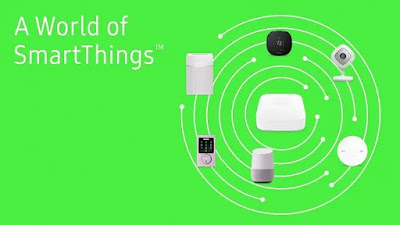
Samsung
SmartThings is integrated into Home Assistant through the SmartThings Cloud
API. The SmartThings integration is the main integration to integrate all
SmartThings related platforms. If you're using Home Assistant Cloud (Nabu Casa)
the mixing will create a cloudhook automatically. This greatly simplifies the
essential requirements and doesn't require Home Assistant to be exposed to the
web . The company makes a hub (sometimes called "gateway" or
"home controller"), cloud platform, and client applications for smart
homes and thus the buyer Internet of Things also as various sensors and smart
devices.
If you like to keep track of these technologies, simply follow me
on Facebook, Twitter, and, or head to my website for
many more in depth articles on these topics. Read other Articles.
 However,
believe it or not, we are just getting started. Technology will get even
better. In the future, we could live like how people in fantasy movies did.
However,
believe it or not, we are just getting started. Technology will get even
better. In the future, we could live like how people in fantasy movies did.
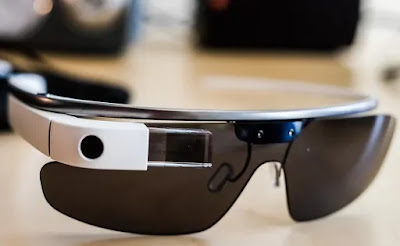
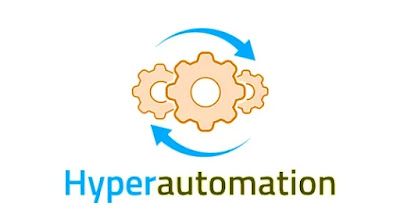

















No comments:
Post a Comment